The FASCINATING History of Macrame

I often think about how Macrame has stood the test of time and captivates artisans worldwide for centuries, and this is what I've learned.
Macrame, an intricate art of knotting cords, has a rich and fascinating history. From its ancient origins to its resurgence in modern times, this craft has continuously evolved while retaining its timeless beauty.
Let's journey through the history of Macrame and uncover how this decorative art became the beloved craft it is today.
Ancient Origins: Tracing Macrame's Roots
The word "macrame" is believed to have originated from the Arabic word "migramah," meaning "fringe" or "embroidered veil." Historians trace Macrame's early origins back to 13th-century Arabic weavers, who would use decorative knots to secure the loose ends of woven textiles.
This knotting technique became popular in North Africa and later spread to Spain through the Moorish conquest, eventually making its way to Europe.

Sailors also played a significant role in spreading Macrame across continents. During long sea voyages, sailors would pass the time by knotting rope to create decorative pieces like belts, hammocks, and nets.
They often sold or bartered their handiwork when they reached new lands, introducing Macrame to places like China and the New World.
Renaissance to Victorian Era: Macrame as an Art Form
In the 16th century, Macrame evolved from its practical uses into an art form. European artisans, particularly in Italy and France, began using Macrame to embellish clothing, home decor, and religious textiles.
It was especially favored for creating decorative fringes on tablecloths, curtains, and bedspreads. The intricate knotting techniques added elegance to aristocratic homes during the Renaissance.

Macrame continued its popularity into the Victorian era (19th century) when it became an essential skill for women.
The art of Macrame was taught in homes and schools, with women crafting everything from lace-edged accessories to elaborate wall hangings.
Macrame's association with femininity and home decor cemented its place in Victorian households, where it added a touch of sophistication to interiors.
Macrame in the 20th Century: Bohemian Resurgence
After fading into obscurity for a time, Macrame experienced a significant resurgence in the 1960s and 1970s during the counterculture and bohemian movements.
Macrame's organic, earthy aesthetic aligned perfectly with the era's DIY and free-spirited ethos as people sought handmade, natural crafts that connected them to traditional methods.

It became a staple in bohemian home decor, with macrame plant hangers, wall art, and clothing accessories becoming iconic pieces of the 70s.
This resurgence introduced Macrame to a new generation of crafters, reigniting interest in knotting techniques that had been passed down for centuries.
Macrame in the 21st Century: A Modern Revival
In recent years, Macrame has once again found its way into the spotlight, thanks to the rise of social media, DIY culture, and the popularity of minimalist and bohemian interior design.
Artists and crafters around the world are embracing Macrame for its versatility and the ability to create both functional and decorative pieces.
The craft has expanded to include intricate wall hangings, macrame jewelry, dreamcatchers, and even large-scale installations for events and weddings.

The modern revival of Macrame has also seen the introduction of new materials and colors. While traditional Macrame was often made with cotton or hemp, today's artists experiment with dyed cords, metallic threads, and mixed-media elements like beads and driftwood, allowing for greater creative expression.
Types of Macrame Knots: The Heart of the Craft
At the core of Macrame are the knots themselves.
The art relies on a few basic knots, which are combined and repeated to create intricate patterns. Some of the essential knots in Macrame include:
Lark's Head Knot – Often used to start a macrame project by attaching cords to a base.
Square Knot – A versatile knot used in many patterns and designs, often as a foundation.
Double Half Hitch Knot – Perfect for creating diagonal and horizontal lines.

While simple, these knots can be arranged in countless ways to form complex, beautiful designs, making Macrame both meditative and endlessly creative.
Cultural Significance: Macrame Around the World
Throughout history, Macrame has found cultural significance across various regions. From Arab weavers to South American artisans, the art of knotting has been utilized and adapted in different contexts.
In China, knotting techniques have long been a part of the country's decorative arts, with Chinese knots used in traditional ceremonies and symbolizing prosperity and good fortune.

In Peru, traditional fiber arts, including Macrame, were practiced by indigenous cultures long before the Spanish colonization.
Today, Macrame continues to be intertwined with regional traditions, often made with local materials like wool and alpaca fiber.
Sustainable and Accessible Craft
One of Macrame's most appealing aspects in modern times is its sustainability and accessibility. Macrame requires minimal tools—typically just a cord and your hands—making it an environmentally friendly craft.
Many modern crafters focus on using eco-friendly materials, such as recycled cotton or natural fibers, further promoting Macrame as a sustainable art form.

Additionally, Macrame has become more accessible than ever, thanks to online tutorials, social media communities, and the availability of affordable materials.
Crafters of all skill levels can easily pick up Macrame and create beautiful, handmade pieces for their homes or as personal gifts.
The Timeless Appeal of Macrame
From its ancient beginnings to its modern resurgence, Macrame has proven to be a timeless art form that continues to captivate people worldwide.
Whether you're a beginner learning the basic knots or an experienced crafter exploring intricate designs, Macrame offers endless possibilities for creativity and personal expression.

Today's renewed interest in handcrafted decor and sustainable living has ensured that Macrame remains a beloved craft. It connects us to the past while encouraging innovation for the future.
So grab your favorite cord and join us in knotting a beautiful project!

Looking for Macrame Patterns and Projects?
I’ve got a fun variety of DIY macrame patterns for you to explore—whether you’re into creating unique wall hangings to spruce up your home or timeless plant hangers, there’s something for every skill level.
Each pattern is super easy to follow with step-by-step photos, clear instructions, and plenty of tips to help you along the way.
Ready to start creating?
Browse DIY macrame patterns on Etsy and dive into your next project.

Join the Bochiknot Macrame Community: Your Gateway to Exclusive Tutorials & Inspiration
Discover the art of macrame like never before! Join our exclusive community of passionate macrame enthusiasts and unlock a world of creativity.
Gain access to a treasure trove of unique patterns, expert guidance, and a supportive network of fellow artists.
Join Today to get Access to our Library of Macrame Tutorials.


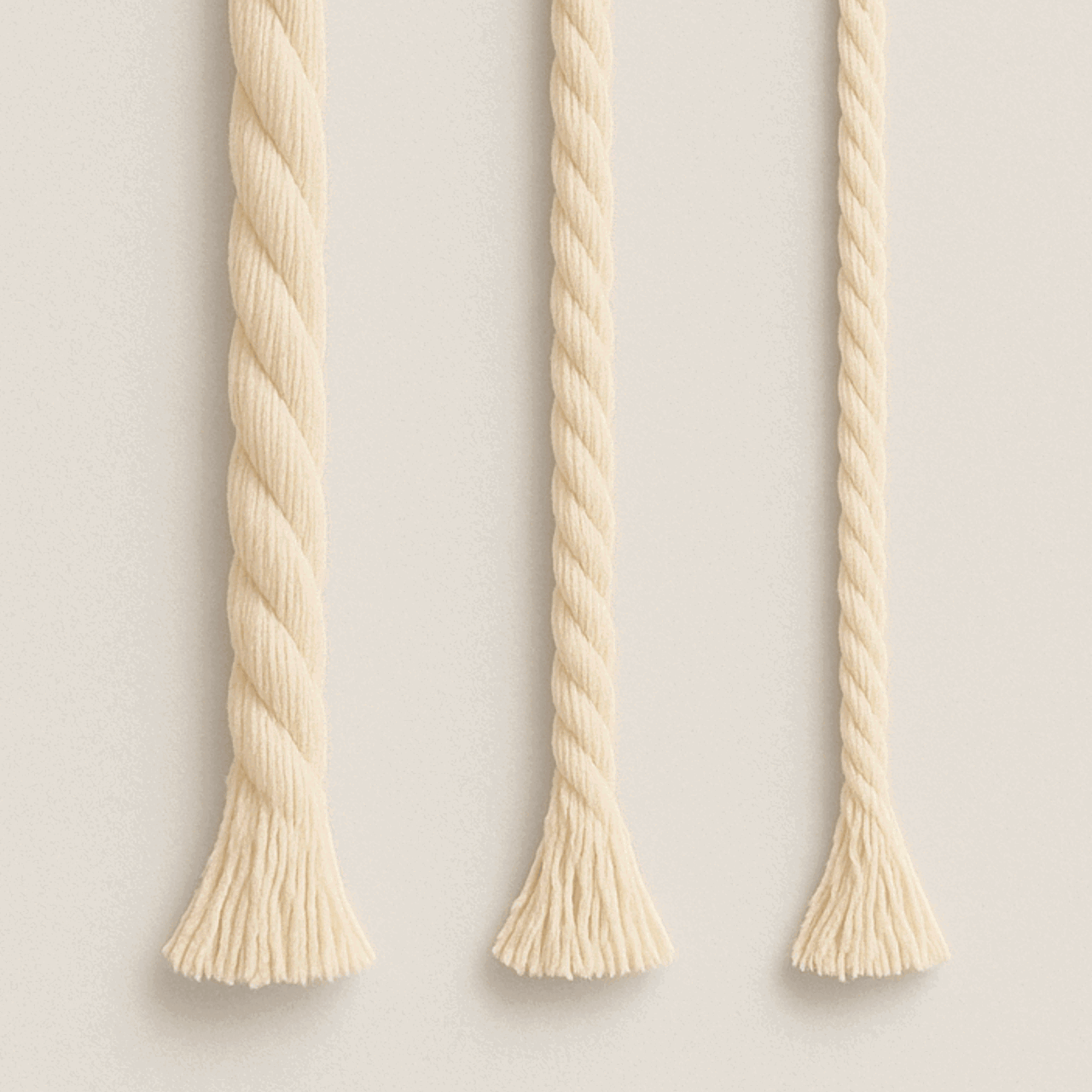
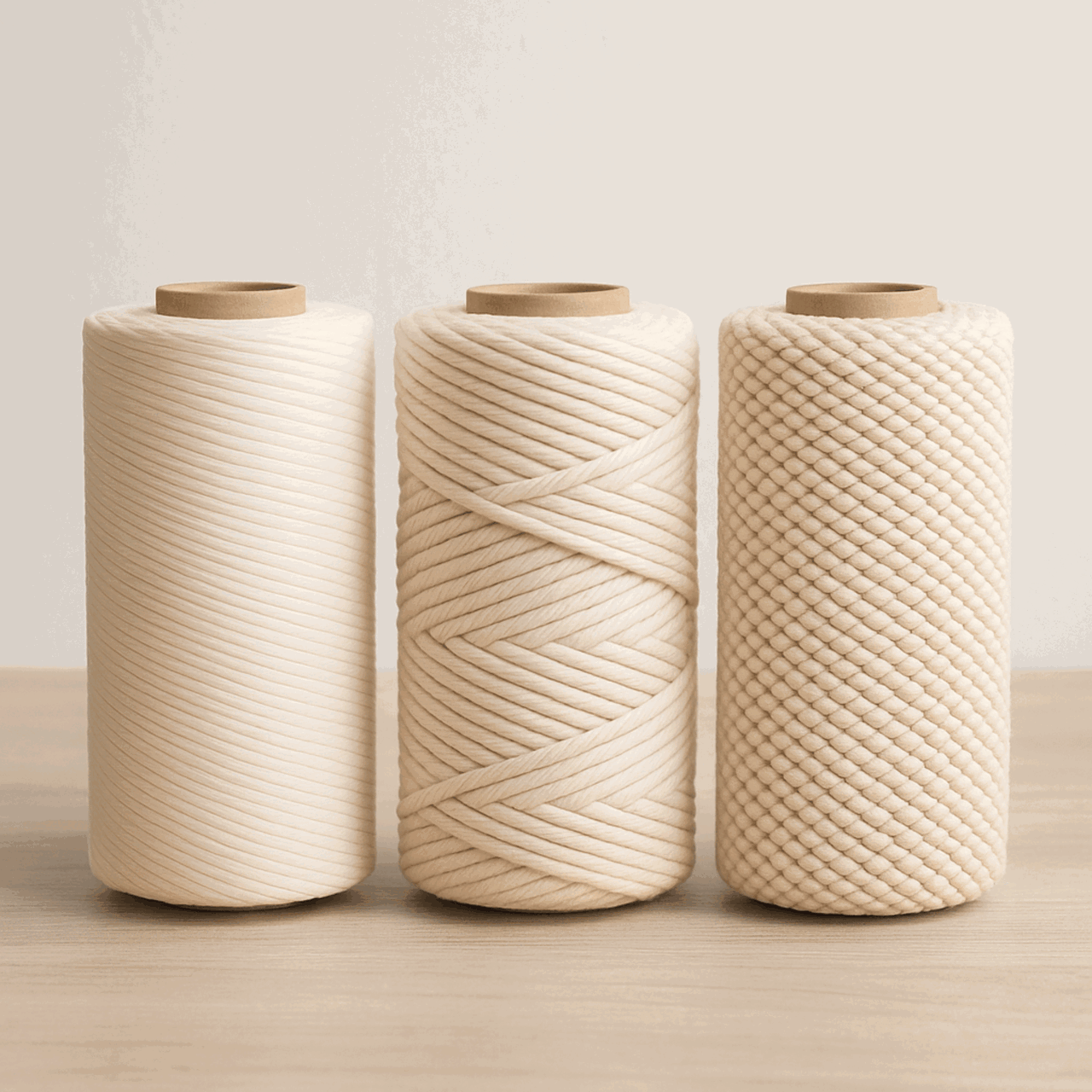
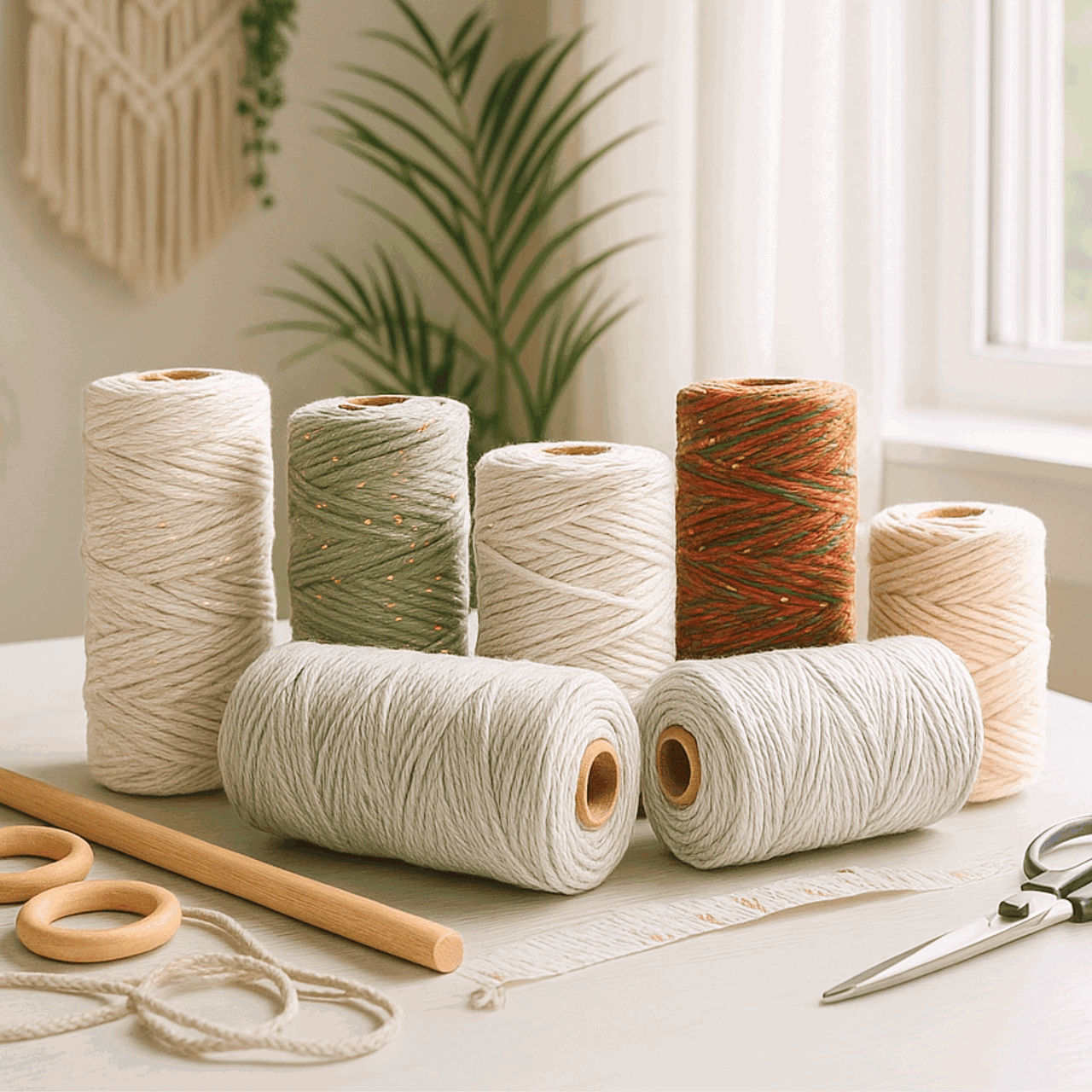
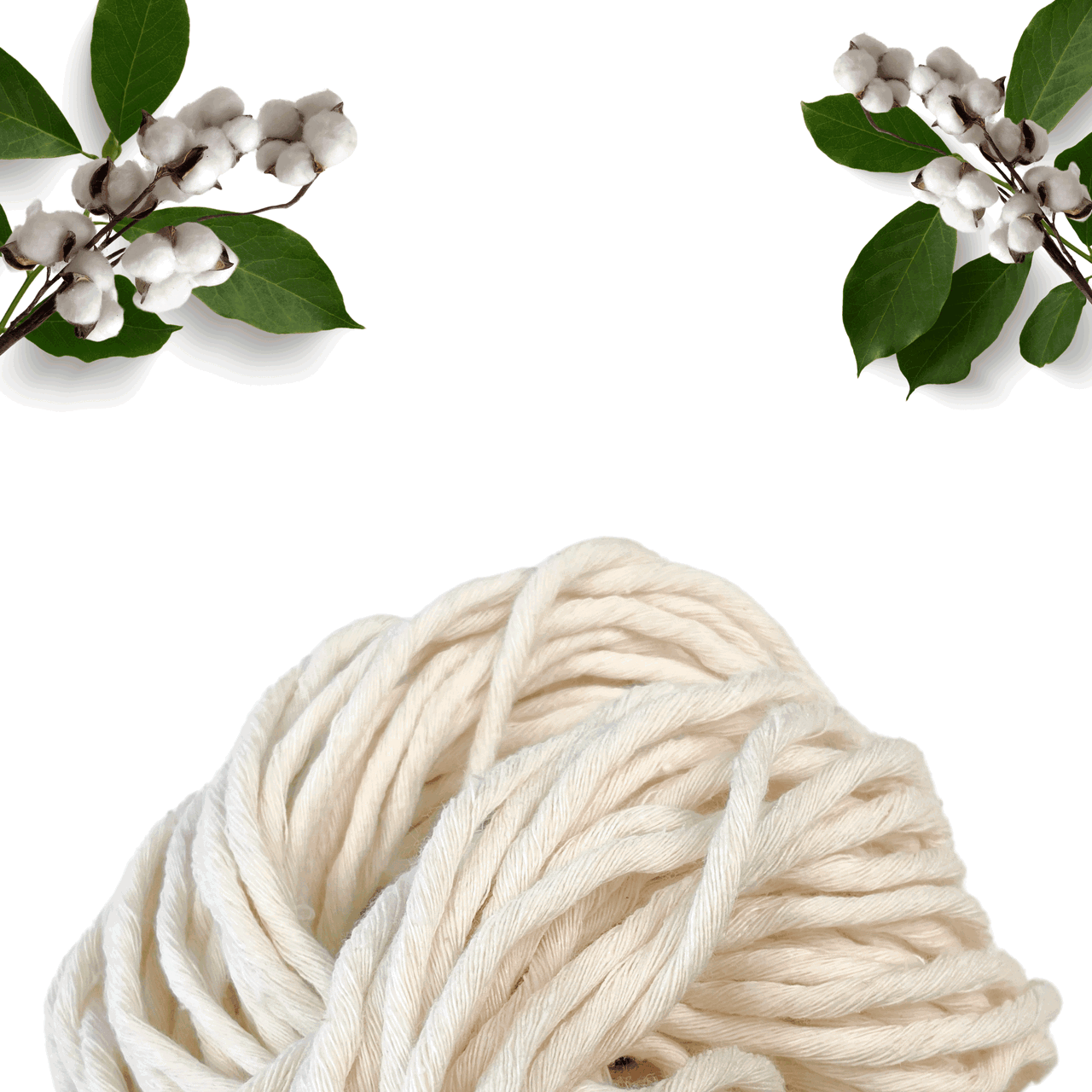

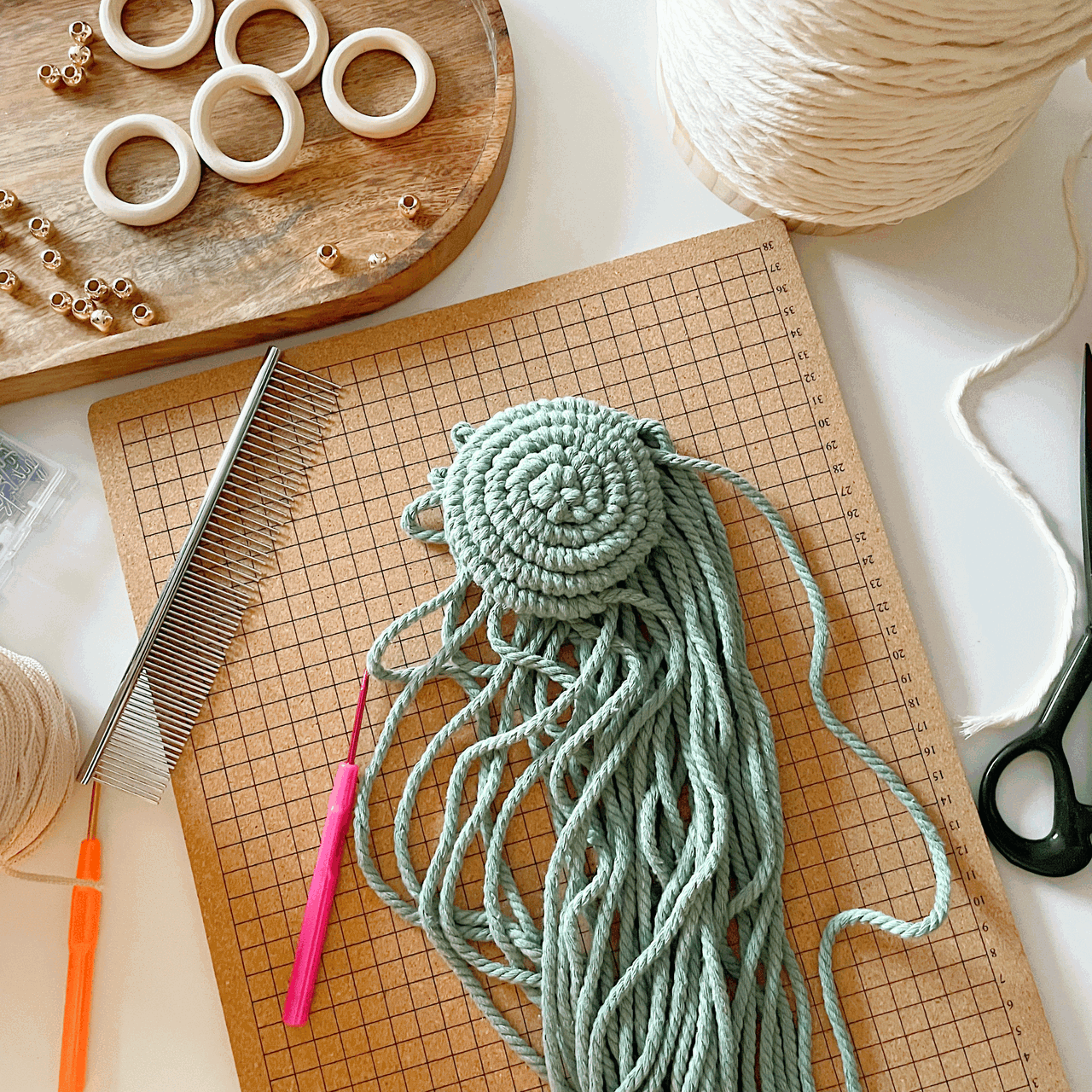
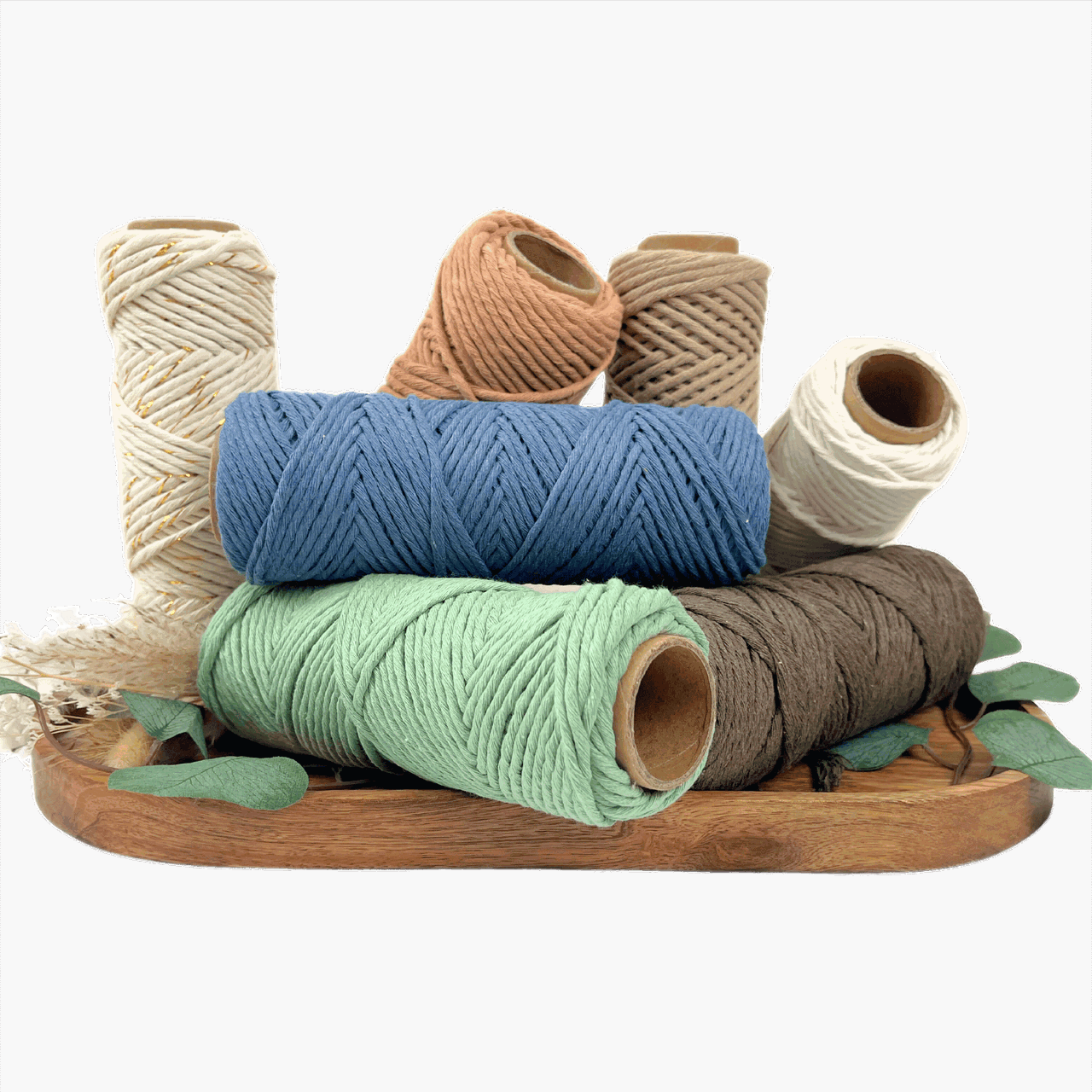
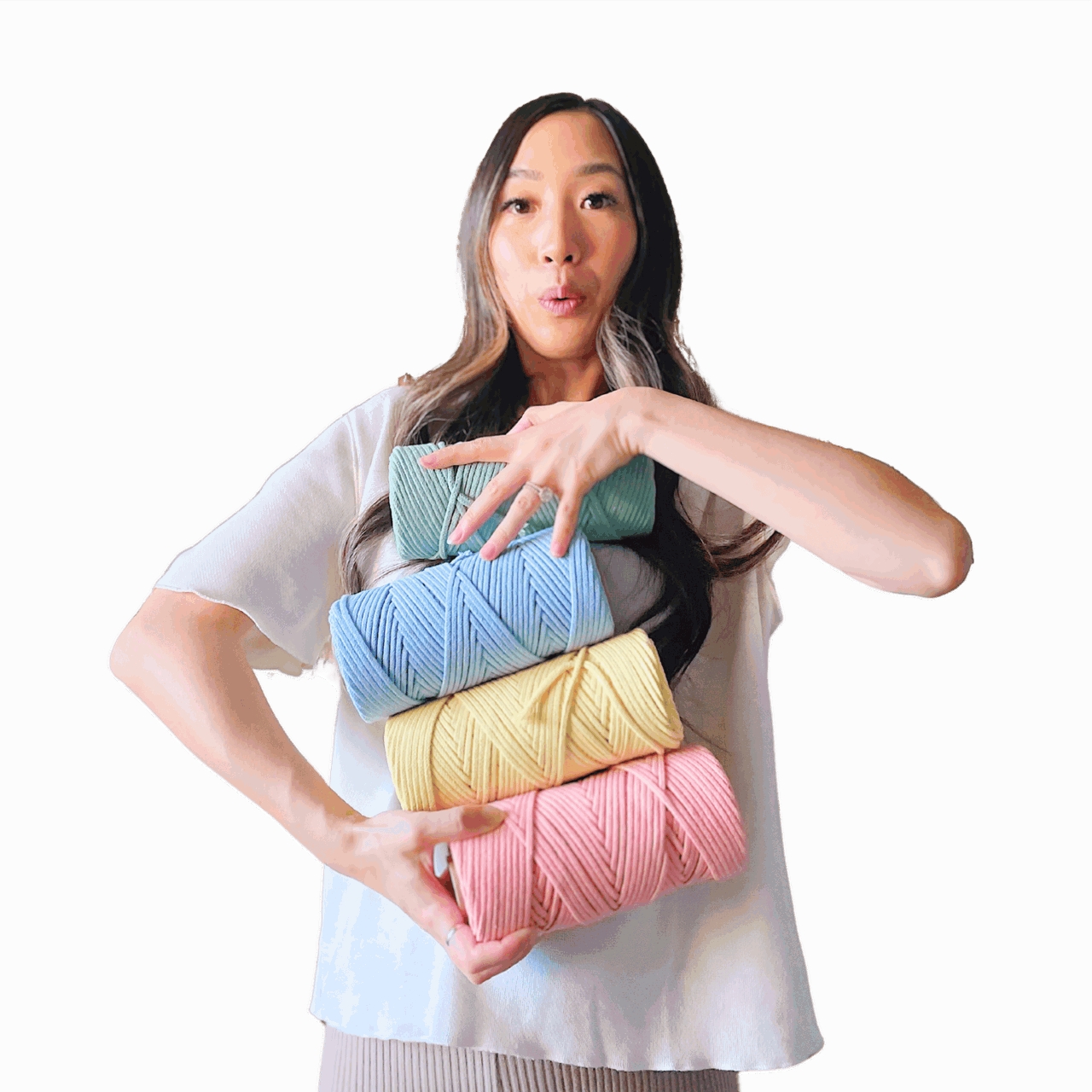
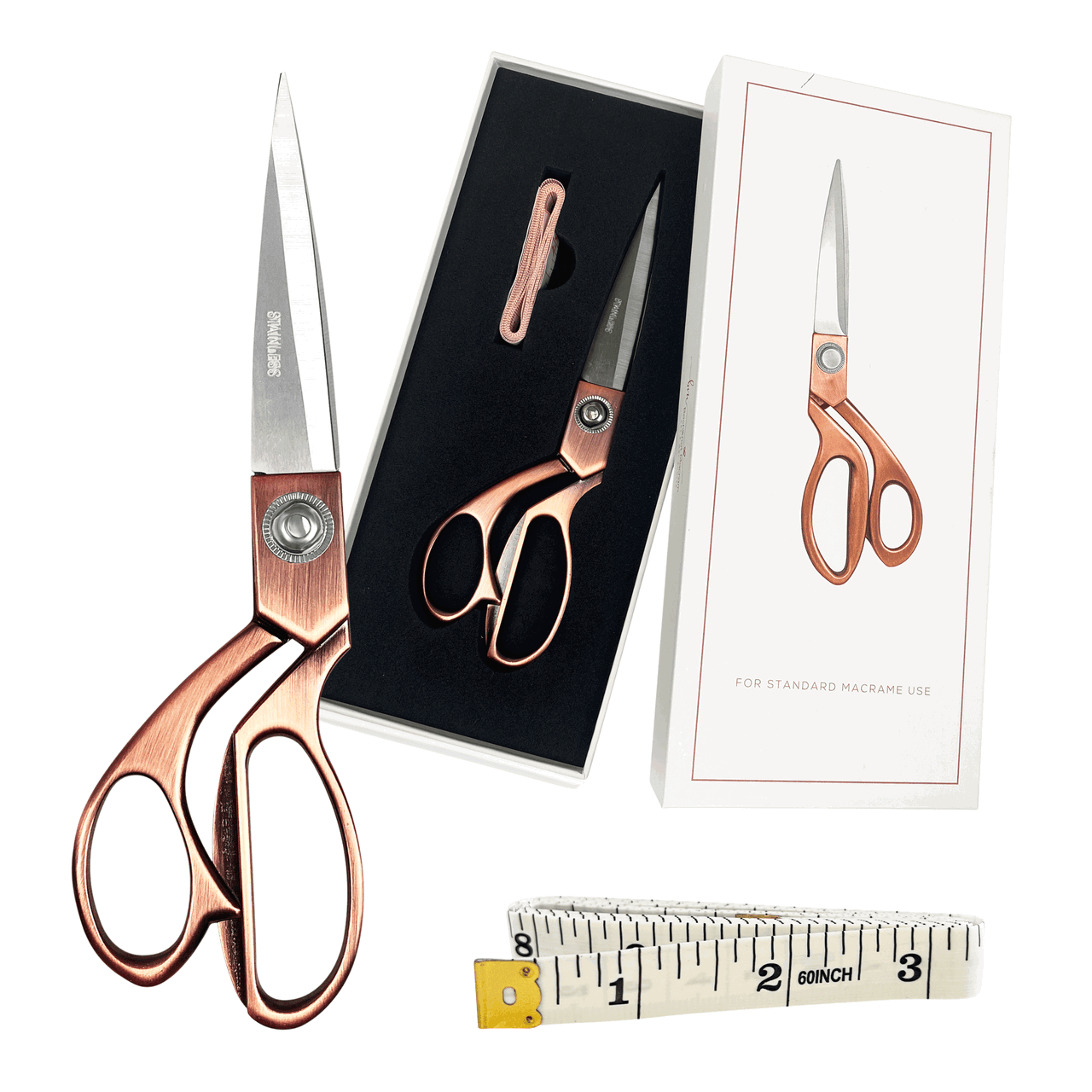
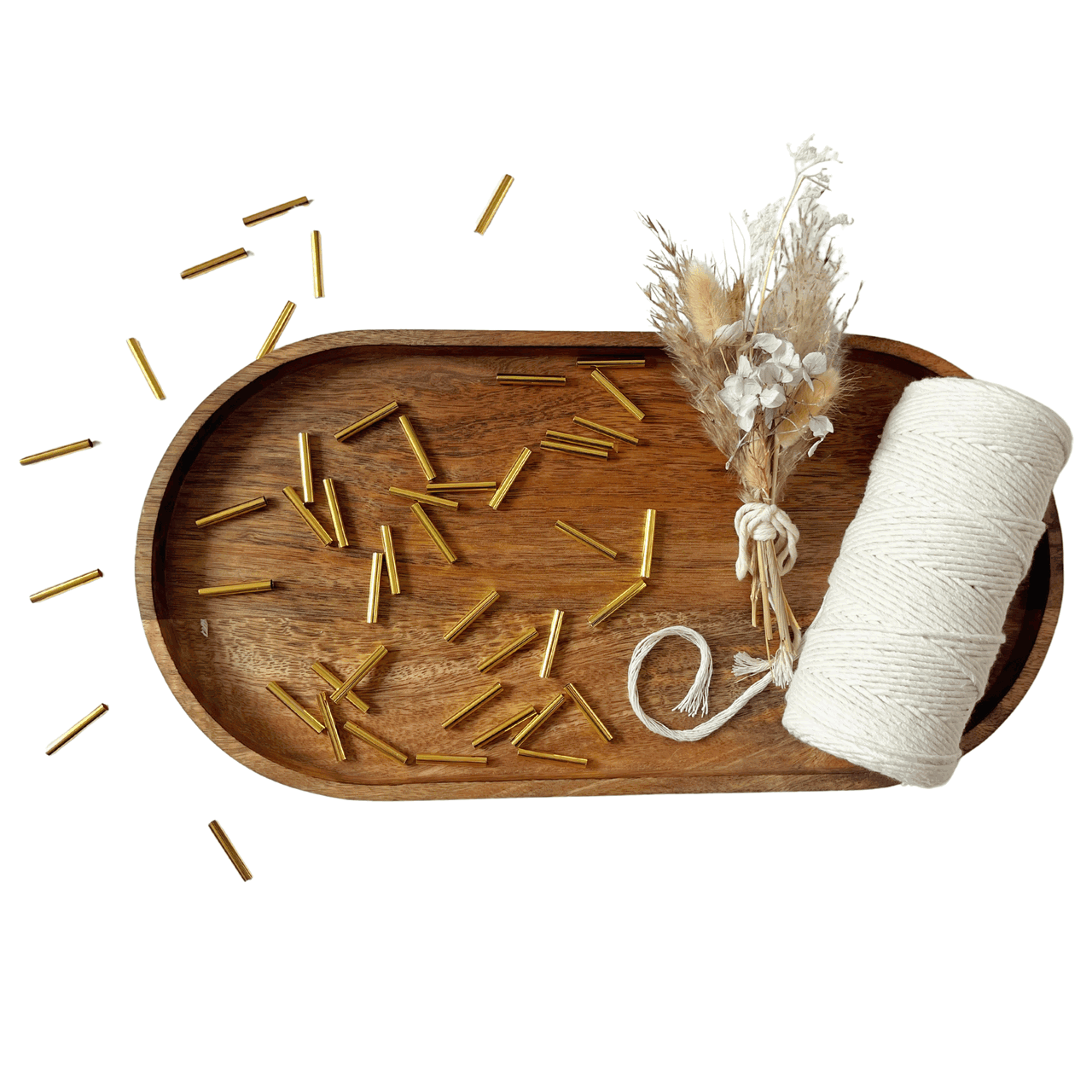

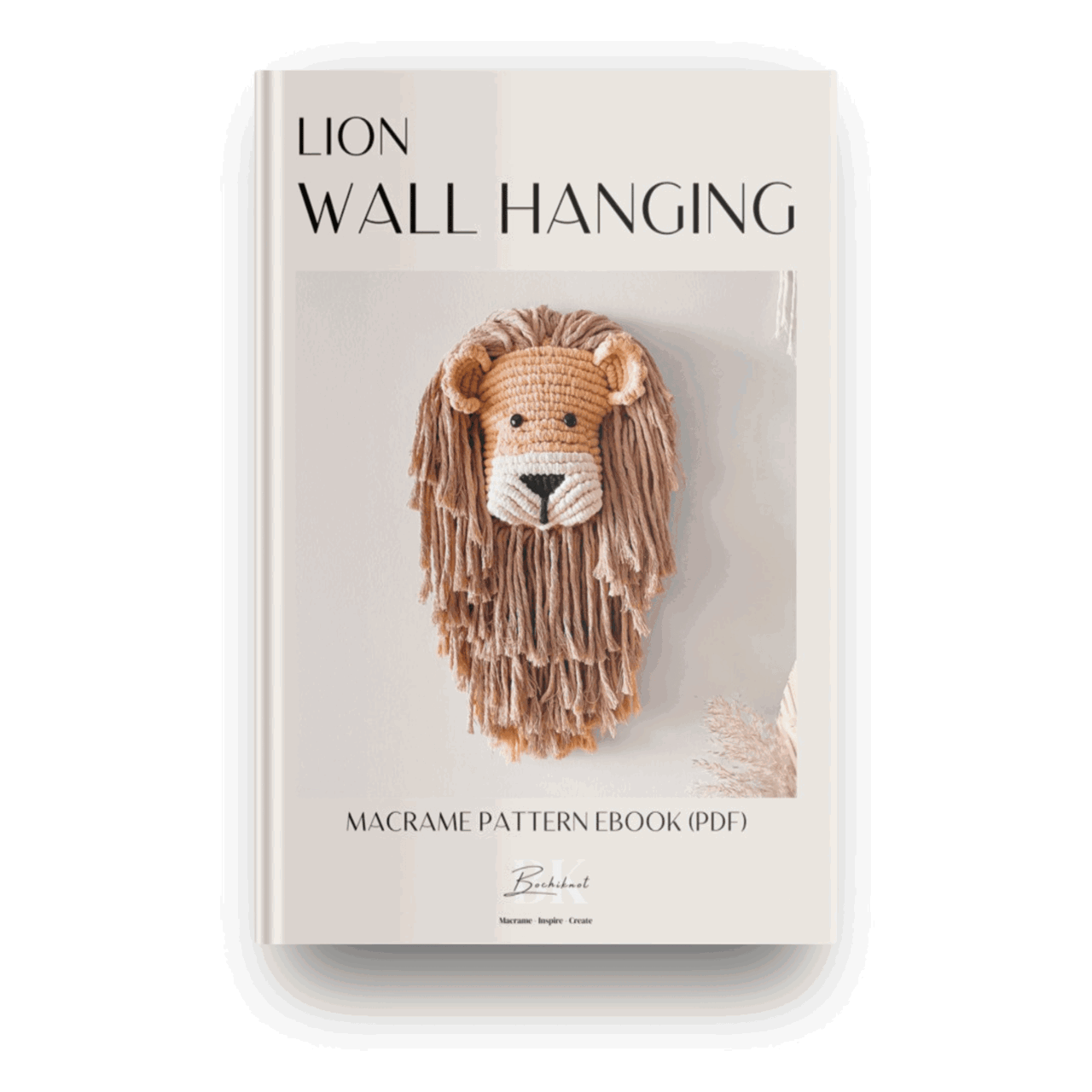
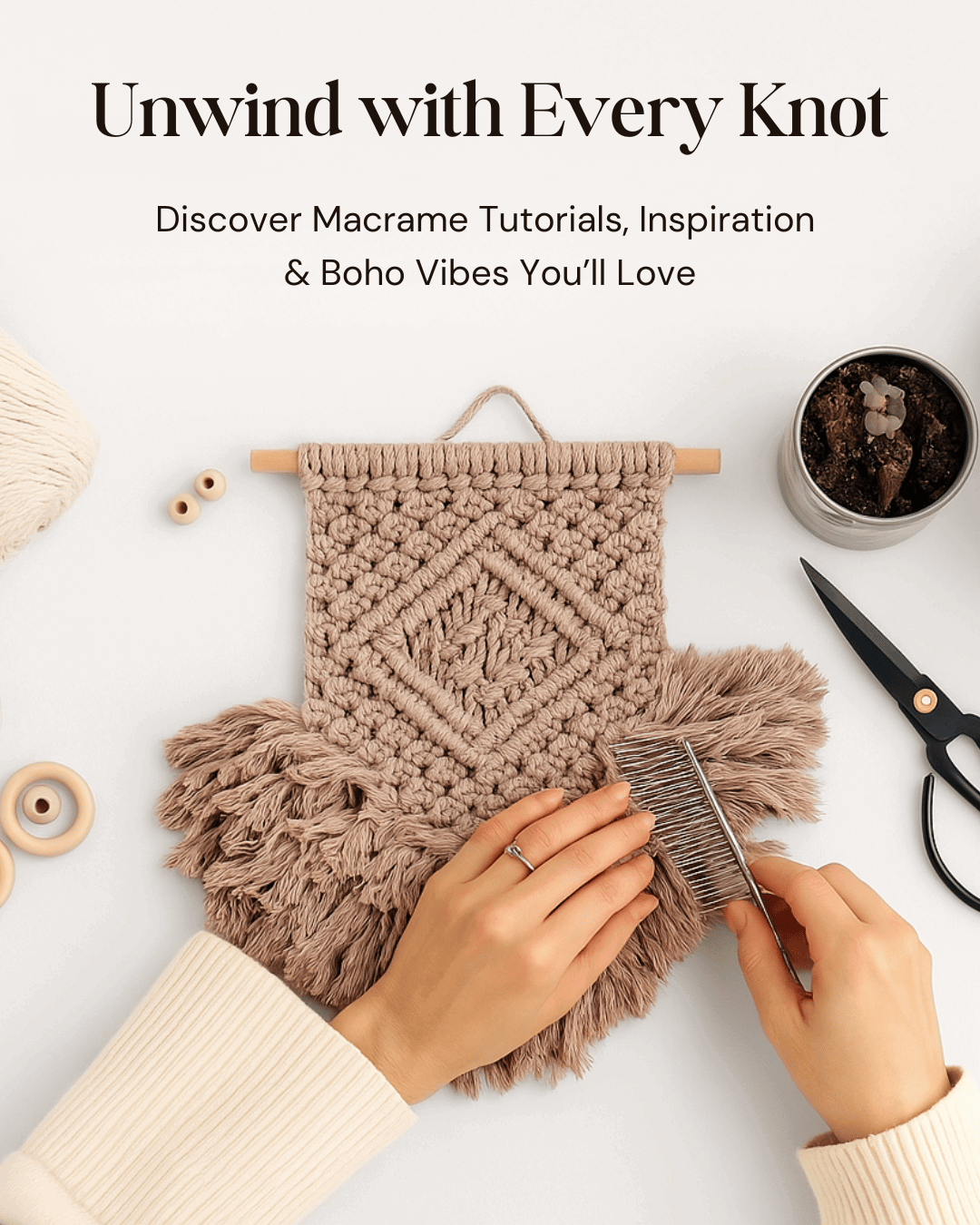
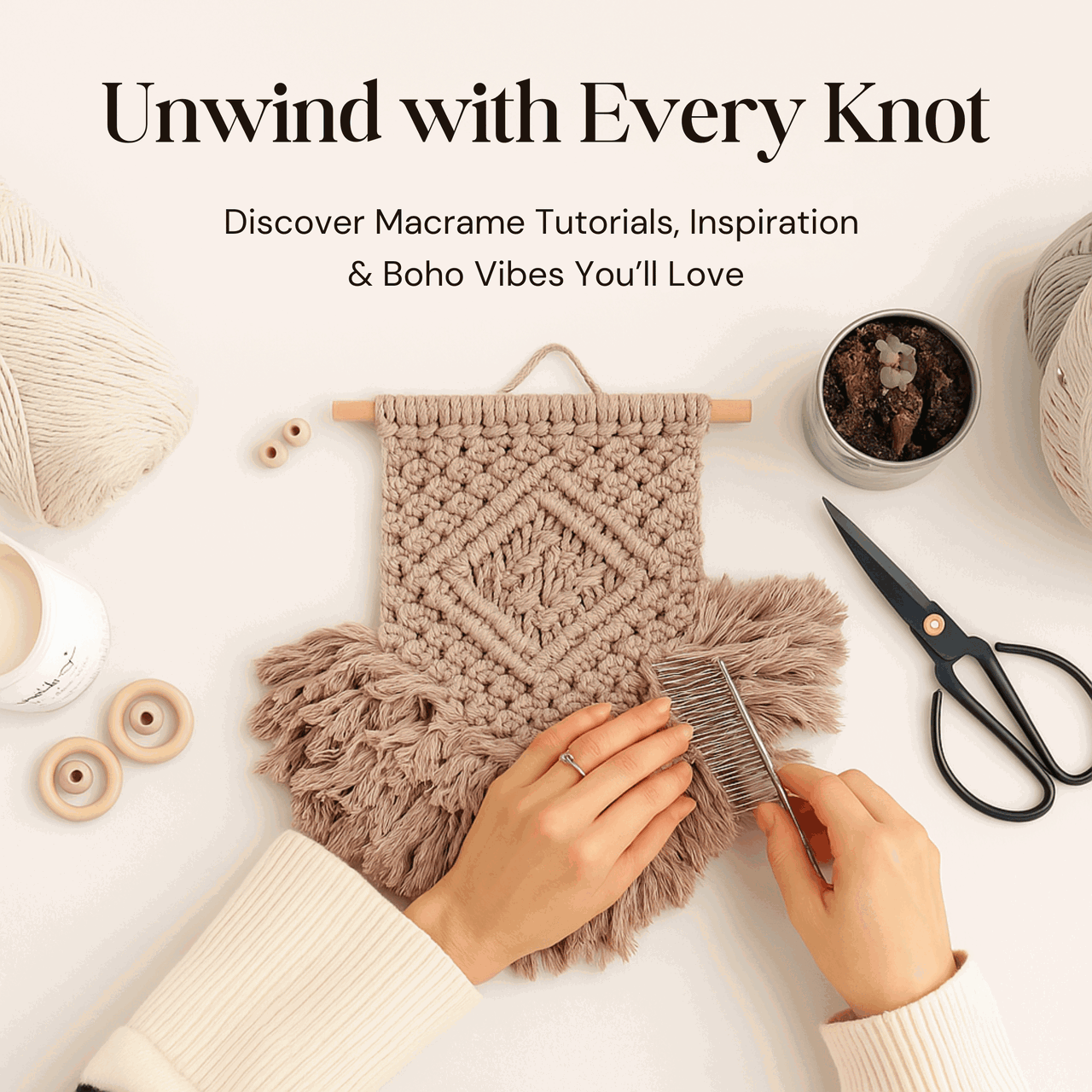
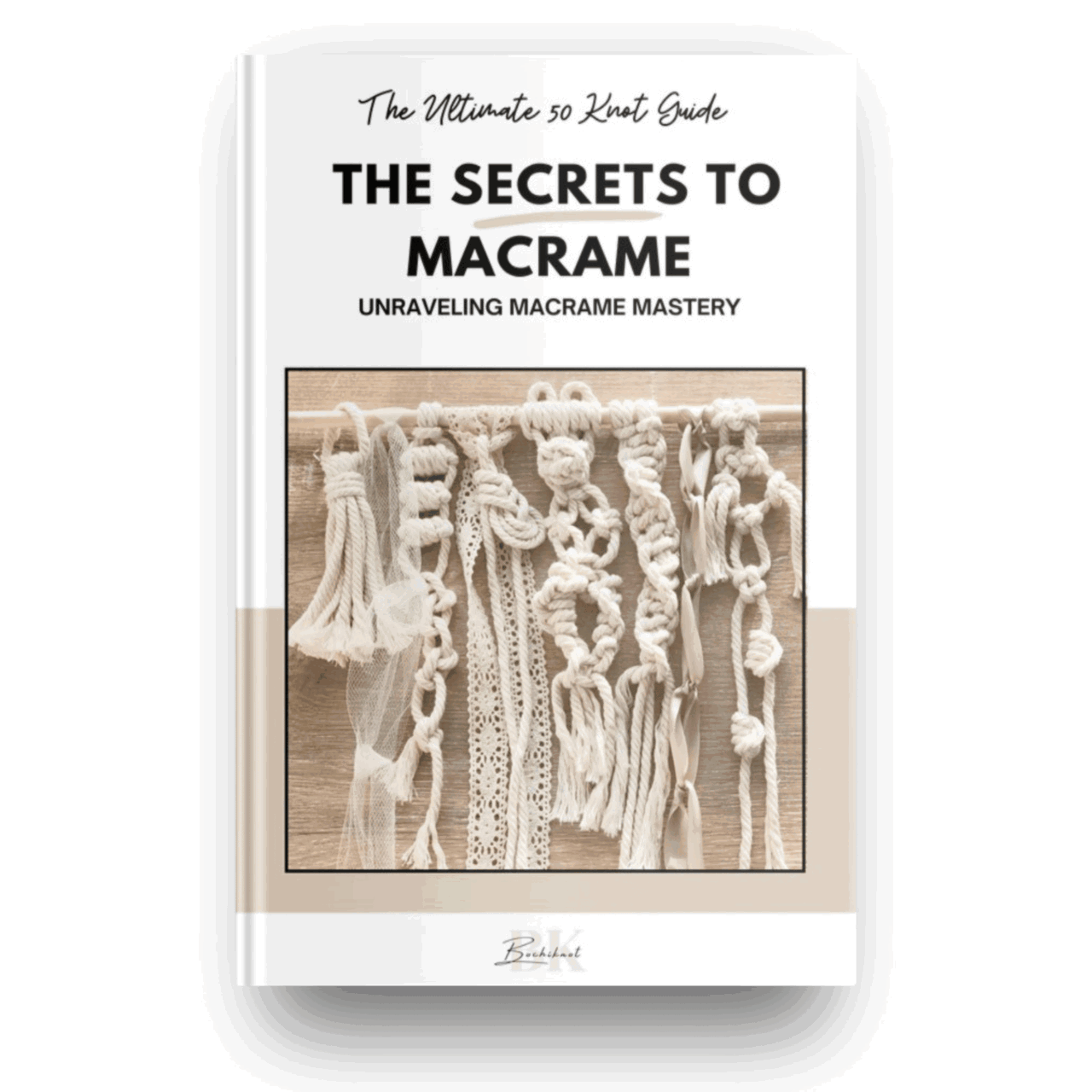

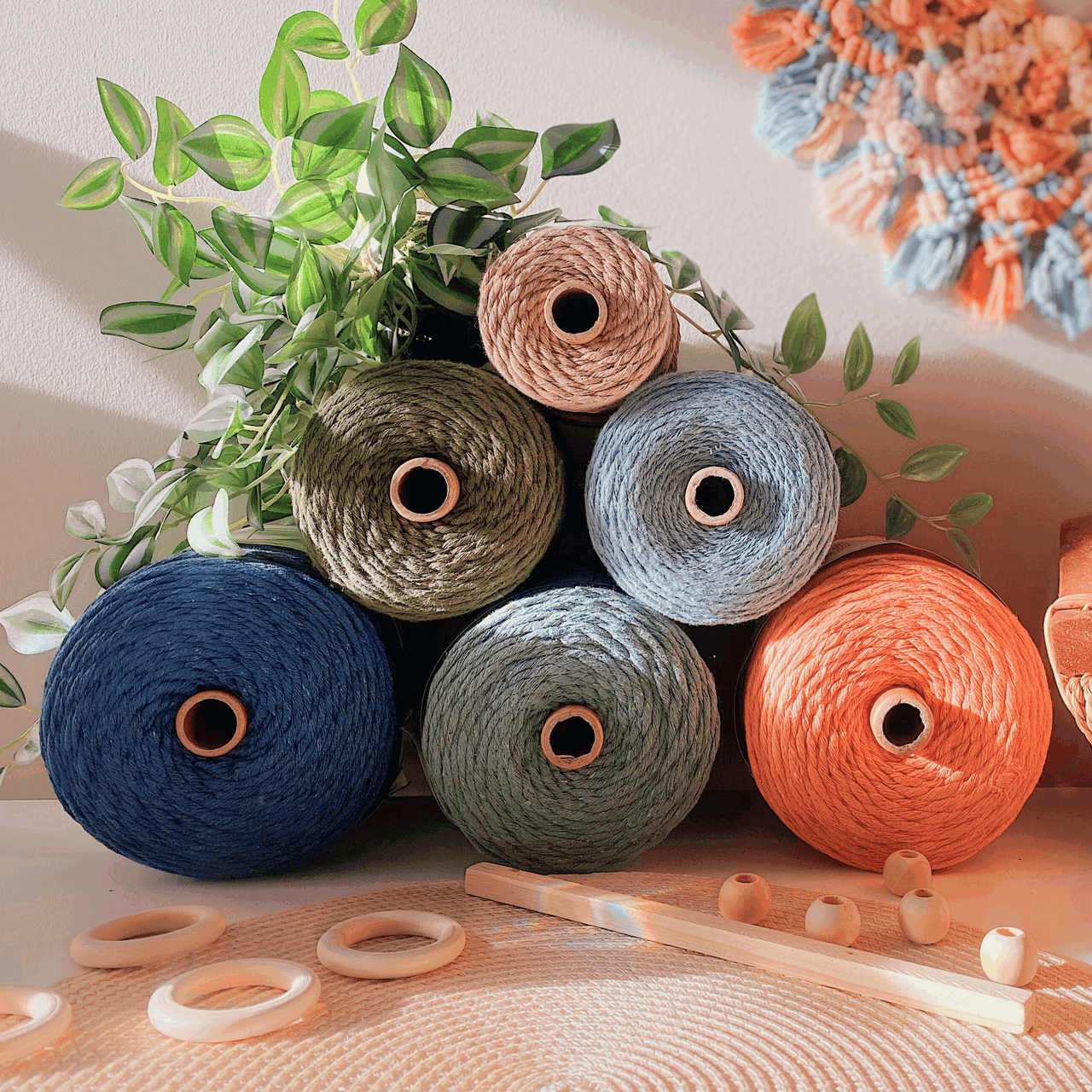
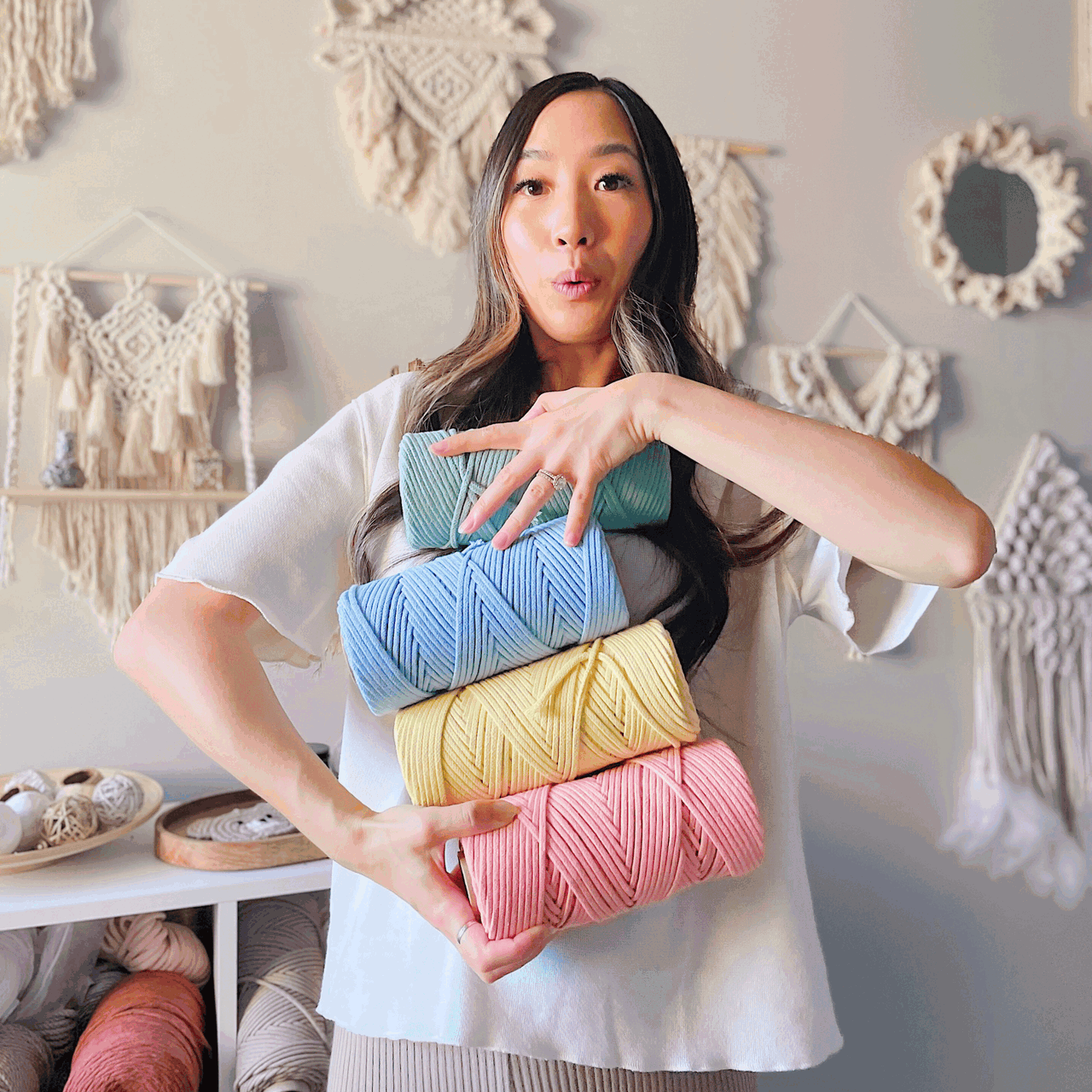
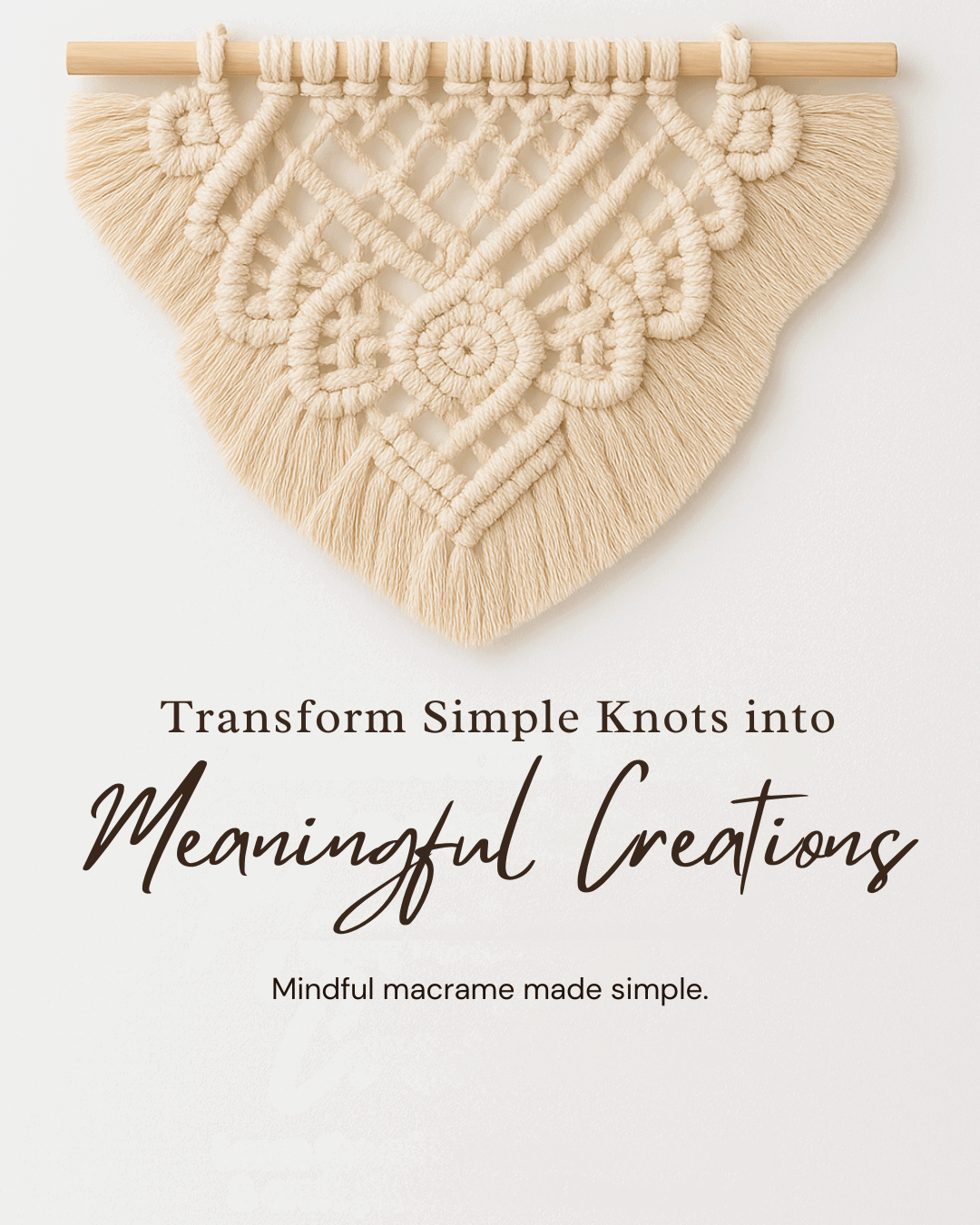



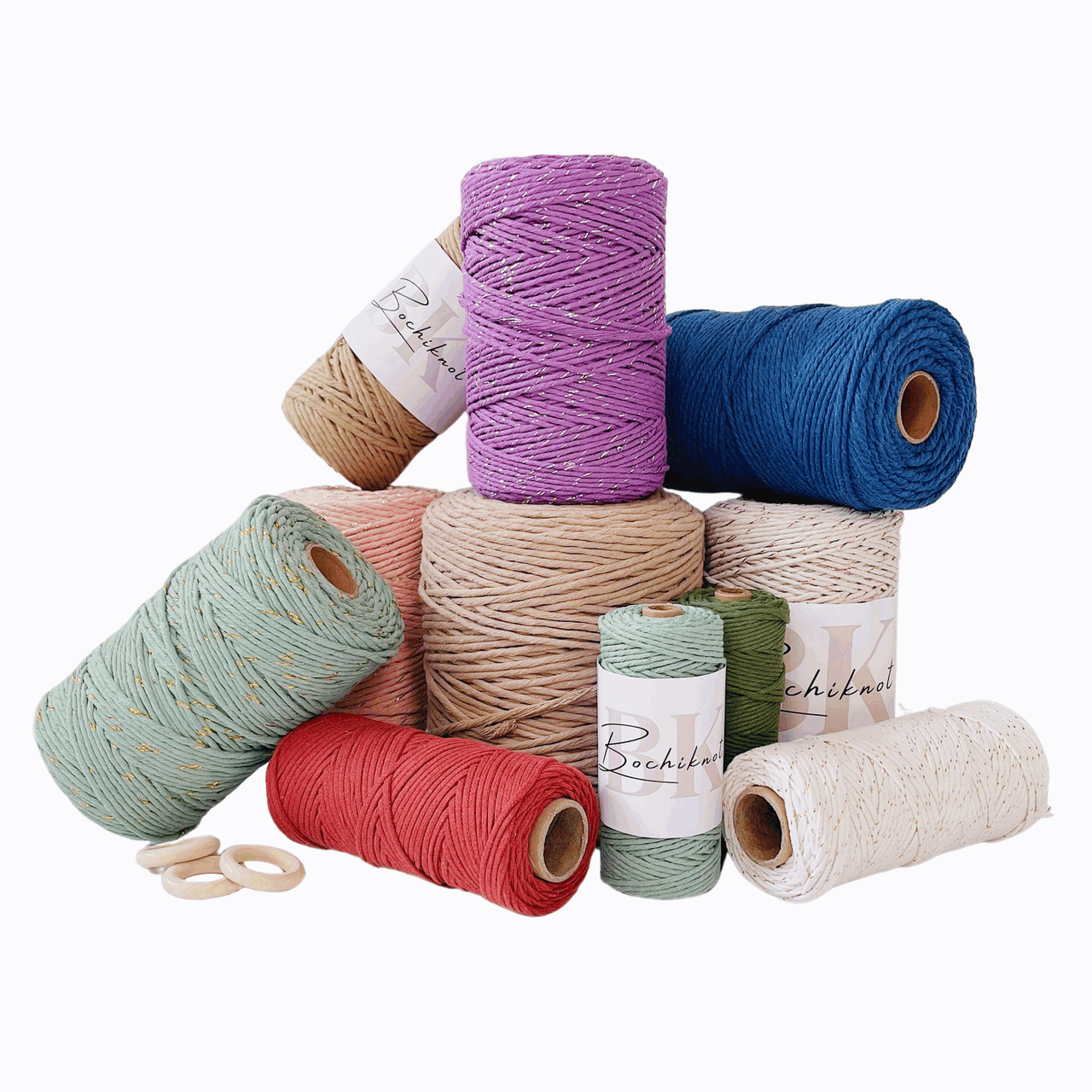











Leave a comment